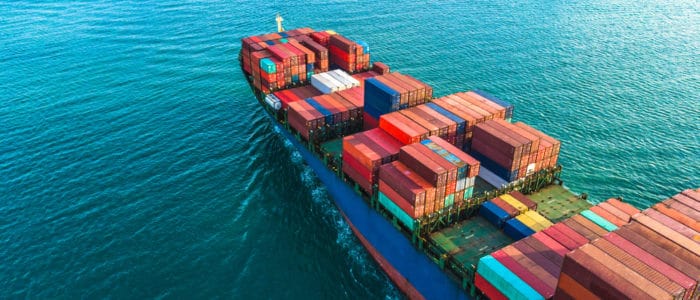Published
Playing Defence in EU Trade Policy
Subjects: EU-Mercosur Project Latin America

This opinion piece was co-authored with Isabel Pérez del Puerto, journalist and communicator in financing for development.
Italy in the 1982 FIFA World Cup, Greece in the 2004 European Championship, Leicester City winning the Premier League in 2016 and Atlético de Madrid’s victory at Spain’s La Liga soccer championship this year. All these teams have one concept in common: catenaccio. This defensive tactical system in soccer, based on preventing goal-scoring opportunities and playing counter-attack, has taken root in European institutions, which are preparing a number of measures that use defense as the default trade policy response.
After four years of Donald Trump as president of the United States, almost two years of the coronavirus pandemic and the forced exit from Afghanistan, Europe is considering its place in the world with a mix of caution, mistrust and disapproval. The feeling of insecurity has grown and, as a result, so too has the need for protection. The result is that the European Union is preparing the most significant overhaul in its trade policy since its member states decided to establish a common customs union in 1968.
From 2024, 85% of the global economic growth will happen outside the EU, meaning European trade policy cannot just be defensive
Taken one by one, each of the policies within this legislative package has considerable merits. However, as a whole, this particular European catenaccio has the potential to radically change the way in which the EU trades and relates with the rest of the world.
Among the policies being considered, Brussels has prepared a mechanism so that imports of certain products will have to pay an additional tax for the CO2 emissions involved in their production – an instrument that punishes foreign firms receiving subsidies that EU firms are not allowed to receive. What’s more, Brussels is working on a new industrial strategy that lowers EU dependencies on foreign goods, as well as an instrument to allow foreign firms to access the EU procurement market only when EU companies can access the procurement market of the other countries in return.
These measures have two common features: their implementation is justified, but all of them use the restriction to the EU market as the main policy lever. The logic is as follows: if a foreign firm wants to sell its products in Europe it must meet all the EU rules. The objective is not just that foreign and EU firms should compete on equal terms but also that, when competing, the rest of the world will look more like the EU.
At first glance, this makes sense. The bad news is that the distance between the EU’s wishes and global economic realities becomes wider by the day. An example is the carbon border mechanism, which, among other goals, aims to lower CO2 emissions in the production of cement. Nonetheless, the European market accounts for just 1% of sales of one of the leading exporters of cement, Vietnam, so it is highly unlikely that this country will change its production techniques to meet EU regulations.
If the EU wants to influence other countries’ policies, it should offer support to those countries that share the same objectives as the EU
Moreover, the implementation of these new trade policies could be counterproductive. The EU’s industrial policy, for instance, prioritizes the production of electric batteries in Europe to the detriment of Chinese batteries produced at lower prices. As a result, those products using European batteries will fetch higher prices which will increase the cost of climate change policies. Furthermore, public subsidies to produce these batteries are similar to the subsidies received by non-EU companies that the EU wants to challenge with the upcoming regulation.
The retaliation from these measures from the affected countries and the negative impacts on EU exporters is another consequence to consider. Even though Europe wants to build an autonomous space, the reality is that Europe is not an island. The contrary is true: the EU is a big global exporter of goods and services. Put together, international trade represents more than a third of the EU’s gross domestic product (GDP) and supports 36 million European jobs.
An inward-looking world will have negative economic effects on the European economy because it is the rest of the world that buys more from the EU and not the other way around. Therefore, to create prosperity, the EU must look outwards not inward. From 2024, 85% of the global economic growth will happen outside the EU, meaning European trade policy cannot just be defensive. Yet, none of the upcoming trade policies aims to connect Europe with the future sources of global economic growth.
In 1972, Rinus Michels’ Ajax unlocked Inter de Milan’s catenaccio and won the Champions League with an offensive style of total soccer, a tactical system where every player must be able to defend and attack. If the EU wants to influence other countries’ policies, instead of looking inward, it should offer support to those countries that share the same objectives as the EU. In this way, new European trade policy would be able to defend and attack at the same time, improving its game and efficacy.
This opinion piece was originally published in El País
One response to “Playing Defence in EU Trade Policy”